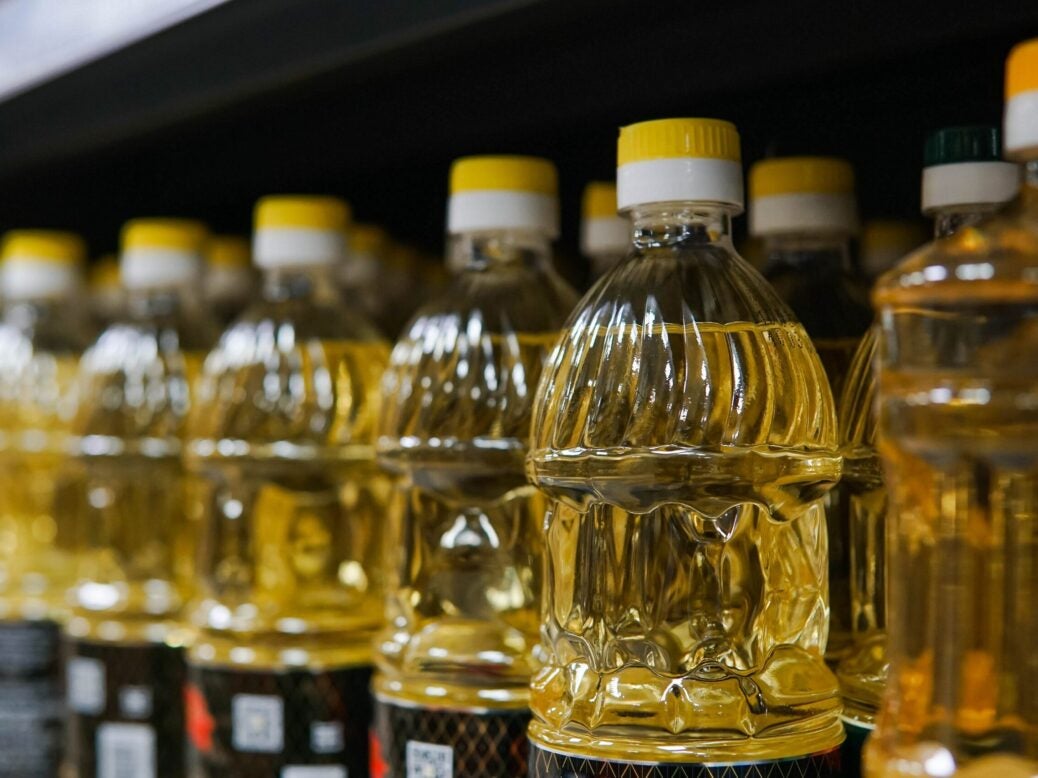
International meals commodity costs “eased” in April, in line with the UN’s index of a basket of key plants.
The FAO Meals Value Index averaged 158.5 issues in April, down 0.8 p.c from March’s all-time prime.
At the back of the slight decline lay a drop within the Meals and Agriculture Group’s index of vegetable-oil costs and a dip in its cereal index.
Nonetheless, the FAO stated its general Meals Value Index, which tracks per month adjustments within the world costs of a basket of commonly-traded meals commodities, remained 29.8% greater in April than in the similar month remaining yr.
“The small lower within the index is a welcome reduction, in particular for low-income food-deficit nations, however nonetheless meals costs stay with regards to their contemporary highs, reflecting chronic marketplace tightness and posing a problem to international meals safety for probably the most susceptible,” FAO Leader Economist Máximo Torero Cullen stated.
There was once a 5.7% fall within the FAO’s Vegetable Oil Value Index in April. The FAO stated the lower supposed vegetable oil costs had shedded virtually a 3rd of the rise registered in March. It pointed to “call for rationing” pushing down costs for palm, sunflower and soy oils.
That stated, the organisation stated uncertainty about shipments from Indonesia, the sector’s main palm oil exporter, restricted any more declines in world costs. Final week, Indonesia introduced a ban on palm-oil exports.
In other places, the FAO’s Cereal Value Index fell via 0.7 issues in April, amid a three% decline in international maize costs.
The FAO stated wheat costs inched up 0.2% as better shipments from India and higher-than-expected exports from Russia “tempered” the affect of blockages at ports in Ukraine and crop stipulations in the USA.
The organisation’s Meat Value Index greater 2.2% from March, hitting a brand new prime, as costs rose for poultry, giant and bovine meat. Poultry meat costs have been suffering from disruptions to exports from Ukraine and avian influenza outbreaks within the Northern hemisphere.
Sugar costs have been up 3.3%, buoyed via greater ethanol costs and considerations over the sluggish get started of the 2022 harvest in Brazil, the sector’s biggest sugar exporter, the FAO stated.
Its Dairy Value Index inched up 0.9%, amid tightness in provide as milk output in western Europe and Oceania “persevered to trace under their seasonal ranges”.



